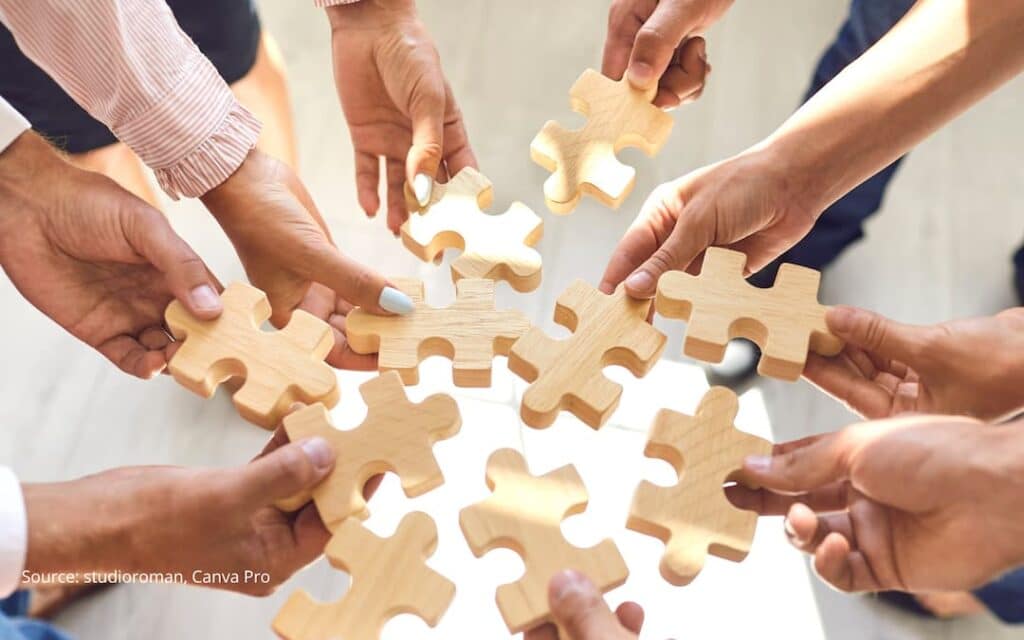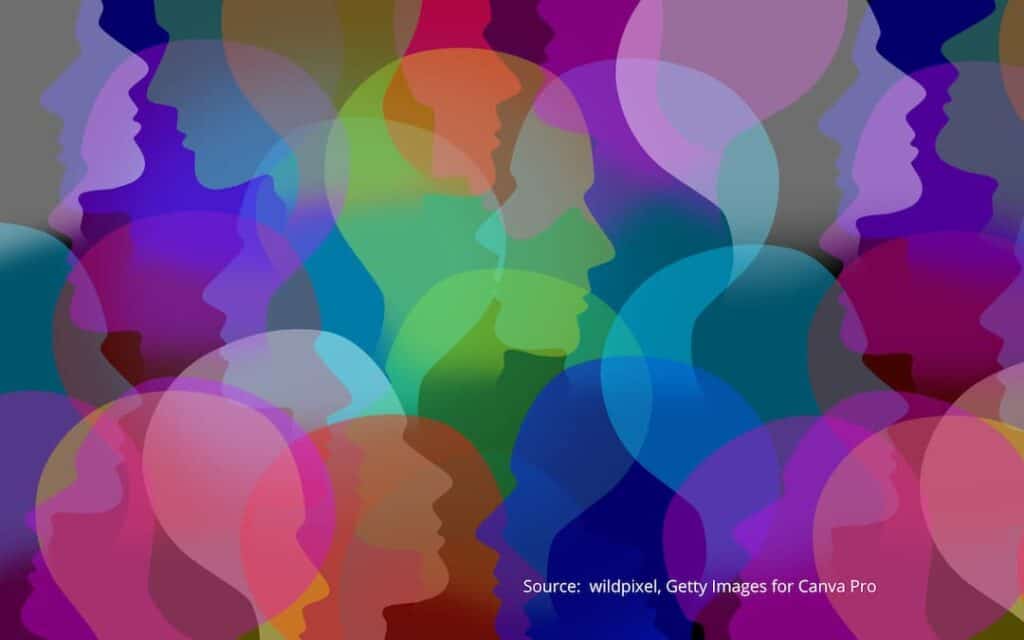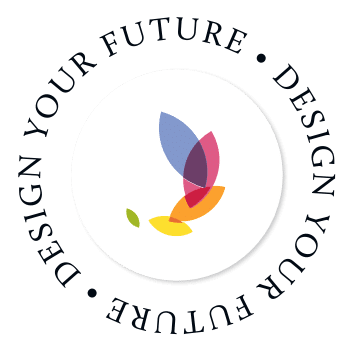One of the great myths about organizations is that they are standalone entities that are somehow separate from the people within them. When in reality, it is the people who bring an organization to life and give it purpose. People are complex, social animals who naturally develop a collective identity when they work together toward common goals. Institutions that provide a framework for this dynamic have an opportunity to form a strong, cohesive organizational identity where the establishment and its people can thrive.
Although this might sound straightforward, intentionally developing an organizational identity takes work. So, in the following post, I will explain more about what organizational identity is, why it matters, and how to use it to harness the power of your people and build an exceptional future.
What is Organizational Identity?
Organizational identity is the high-level, shared perspective of an institution’s purpose, values, and culture. In other words, it is the “why” behind what you do and how you do it and the code of ethics that guides behavior among every member of the organization.
In 2020 McKinsey published a report stating that only 7% of Fortune 500 CEOs believe their companies should “focus mainly on making profits and not be distracted by social goals.” So, on the surface, it sounds like most leaders wish to positively impact their organization’s people, ecosystem, and perhaps even the world. But while this desire exists, there is often a gap between the goals and actions. And I believe this is due to a lack of understanding of organizational identity and how it forms.
However, with proper training, planning, prioritization, and execution, you can intentionally develop a healthy organizational identity. And I have noticed that institutions that adopt a people-centered approach to management have more success.
It is also important to know that “organizational identity” refers to how people view the enterprise as a collective. And this differs from seemingly related phrases like corporate identity, brand identity, and company identity, which are more about how you present your business and its products to the public. So, although there should be alignment between how the company is perceived and the organizational image projected to the public (vs. multiple identities), these terms have different meanings.
Why is Organizational Identity Important?
So, why does it matter? Why is it essential for organizations to have healthy identities? It is because two human motivators influence most decisions: uncertainty and belonging. And that affects an institution’s ability to achieve its short and long-term goals.
Uncertainty

As the past few years have reminded us, uncertainty is and always will be a significant force on our geopolitical and economic stability. And although we have been experiencing the effects of uncertainty on a macroeconomic scale, we must remember that organizations are simply microeconomic versions of the broader world. So when you create and nurture a healthy collective identity within an organization, it helps to signal stability during periods of uncertainty.
Purposely developing and communicating your vision for the organization’s identity, your “north star” per se, allows you to evolve from being reactive to responsive. When people are clear about the organization’s purpose, values, and desired organizational culture, it is easier for them to work together in response to issues or changes in the ecosystem.
Equally as important is that signaling stability fosters trust within the marketplace. All stakeholders feel safer partnering, investing, and aligning with an organization that projects strength and stability. And that isn’t something you can manufacture; you must exude it from within.
Belonging
The other crucial psychological driver is belonging. We are in an era where some organizations have up to four or five generations working for them at any given time, giving rise to institutional changes.
For example, it has been interesting to see the value system of younger millennials and Gen Z emerging. These generations prioritize an organization’s values, along with choosing where and when they work over other incentives. That impacts organizations, especially those that once depended on in-person interactions to foster a sense of belonging – a key influence on employee motivation and retention.
But clearly, it is time for a change because, in addition to an evolving workplace environment, many organizations conduct business across all geographies, cultures, and identities. So it is critical that institutions intentionally develop and nurture strong, healthy, and positive organizational identities and adhere to them at all levels of management to build a culture of trust with employees, partners, customers, and the world around them.
How is an Organizational Identity Formed?
Since people naturally form a collective identity when working together toward a common goal, this is where it gets tricky. You can either allow your identity to develop organically or steer the process with intention. The latter approach will enable you to control the narrative and make it easier to address any undesirable organizational behaviors that emerge.
Developing organizational identity is a relatively involved process, but at a very high level, it starts with three fundamental questions for all stakeholders:
- Who are we?
- What are we doing?
- Who do we want to be in the future?
Who are we?
What are the characteristics that make your organization unique? In other words, how do you honor and include the diverse identities of the people who make up your organization?
The answer to this question will drive many things about your organization. For example, it will affect your hiring practices as you will aim to attract employees who embody these characteristics and find them motivating.
What are we doing?
Much of what organizations “do” is a matter of momentum. In other words, it is common to fall into a rut whereby you do things in a certain way simply because that is what you have always done.
It is helpful to question that momentum occasionally by asking stakeholders to clarify what the organization does and why. That will allow you to identify your strengths, weaknesses, and opportunities for improvement, which is an essential part of understanding an organization’s identity.
Who do we want to be in the future?

When discussing an organization’s identity, there is often tension between being present and future-focused vs. being tradition-bound. Although ideally, there will be a throughline, the institution and its identity will evolve, so it is important to revisit it periodically to question whether it is still valid.
Unfortunately, most only revisit their identity at pivotal moments. These moments typically occur when something isn’t going well or the organization must undergo a significant structural change, such as a leadership transition or challenge to the institution’s traditions. However, since times of change are rarely comfortable, it is better to be proactive. That will empower you to weather these moments with dignity and provide clarity and purpose for your people.
How to Use Organization Identity to Support Positive Change
An organization’s identity forms no matter what. The question is, do you want your organization’s identity to develop intentionally or organically? Identity is a powerful driving force behind decision-making and human behavior. By understanding, celebrating, and harnessing the power of that collective identity, an organization can create a fulfilling and positive work experience for its employees and support its quest for market leadership and exceptional products and services.
At Exceptional Futures, we work with organizations that wish to take charge of their identities in pursuit of their goals. We welcome you to get in touch to learn more.





